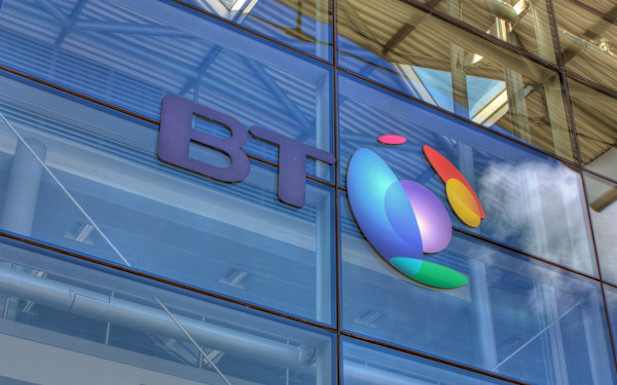BT and Huawei will jointly carry out research into network slicing to support future 5G network services.
The agreement is the first specific research area to be announced as part of 5G collaboration agreement signed by the two companies last December.
The research will be conducted at BT Labs in Adastral Park, and in other locations across the UK.
In a statement, the two companies cited the example of a live music event, in which specific 5G slices could be created for outside broadcast use, ensuring that the live TV feed from the event remains unaffected, even as thousands of people in the concert start to stream videos to friends and family over the network.
Howard Watson, CEO of Technology, Service & Operations at BT said: “Customers are increasingly demanding converged networks that deliver a mix of flexibility, reliability and optimisation. It’s our role to ensure that our fixed and mobile networks deliver the best possible experience for customers regardless of the demands placed on them.”
Yang Chaobin, President of 5G Product Line from Huawei, added: “There are two different ways to realise the digitalisation of society. The first one is to have dedicated infrastructure for different requirements, the second one is to have a common infrastructure serving different vertical industries, I believe the latter, which uses network slicing, will be critical to effective delivery of services and improved efficiency.”
Network slicing, which is being explored by a number of European operators, is emerging as the likely “signature” feature of 5G, according to John Delaney, Associate VP of Mobility Research at IDC.
Earlier this month, Deutsche Telekom and SK Telecom demonstrated an intercontinental 5G network in a trial with Ericsson that showed how network slicing could be used in future roaming services.
The trial used federated network slicing to allow each operator to offer network slices in the other operator’s footprint.



